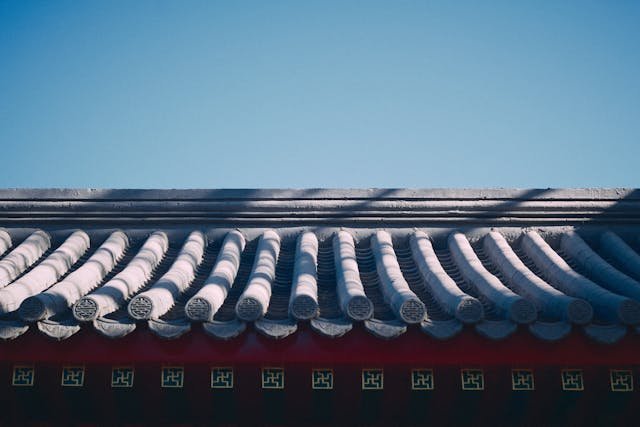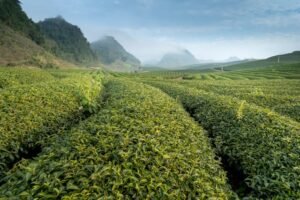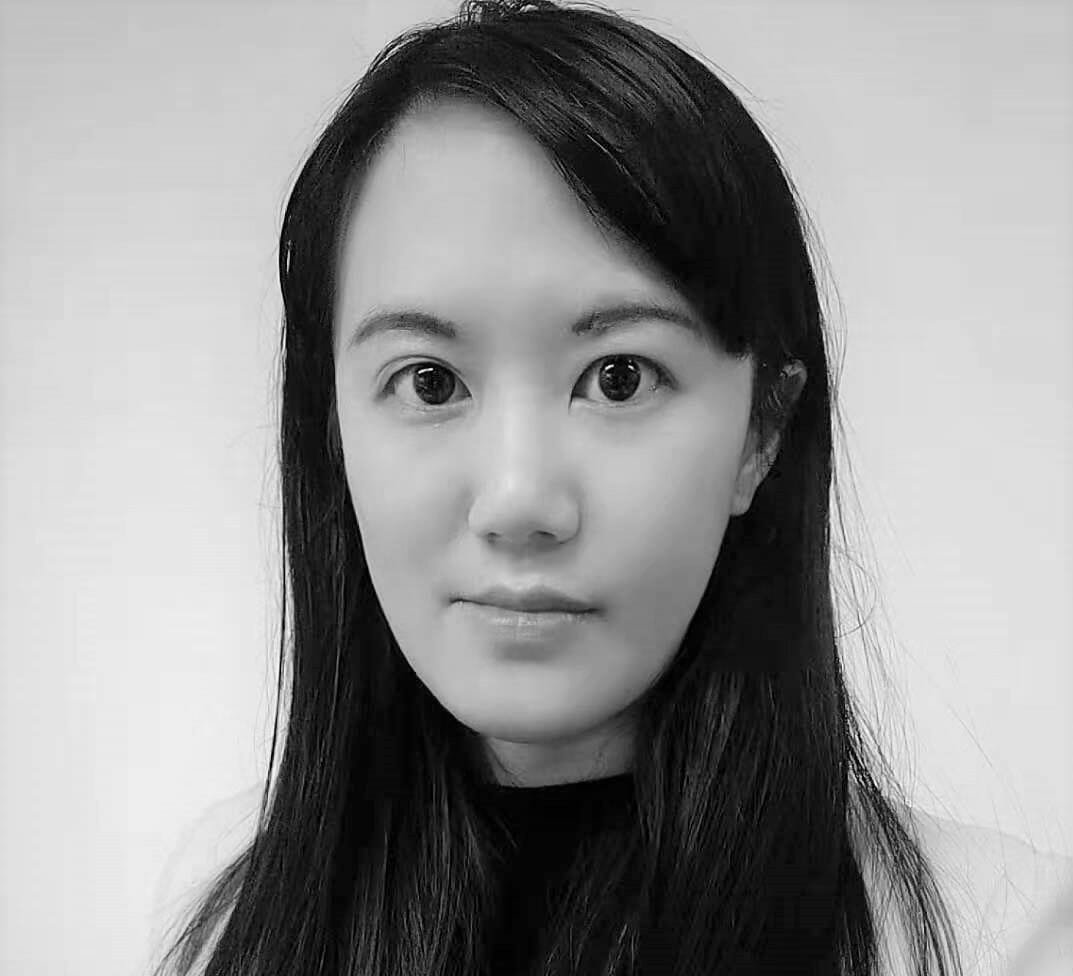China, a country with over 5,000 years of history, boasts a rich tapestry of culture, traditions, and culinary delights. This article aims to take you on a journey through some of the most fascinating aspects of Chinese culture, interwoven with essential Chinese vocabulary and phrases to enhance your understanding and appreciation.
Table of Contents
Toggle1. Language: The Key to Understanding
The Chinese language, or 汉语 (Hànyǔ), is one of the oldest and most complex languages in the world. Mandarin, known as 普通话 (Pǔtōnghuà), is the official language of China and is spoken by the majority of the population. With over 1.3 billion speakers, Mandarin is the most spoken language globally. Learning basic Mandarin phrases can significantly enhance your travel experience and cultural immersion. Here are some fundamental phrases and their usage:
Basic Phrases:
- 你好 (Nǐ hǎo) – Hello
- 早上好 (Zǎoshang hǎo) – Good morning
- 晚上好 (Wǎnshàng hǎo) – Good evening
- 再见 (Zàijiàn) – Goodbye
- 谢谢 (Xièxiè) – Thank you
- 不客气 (Bù kèqì) – You’re welcome
- 对不起 (Duìbùqǐ) – Sorry
- 没关系 (Méiguānxì) – It’s okay
- 请问 (Qǐngwèn) – Excuse me / May I ask
- 厕所在哪里?(Cèsuǒ zài nǎlǐ?) – Where is the restroom?
- 多少钱?(Duōshǎo qián?) – How much is it?
- 我不懂 (Wǒ bù dǒng) – I don’t understand
- 可以帮我吗?(Kěyǐ bāng wǒ ma?) – Can you help me?
- 你叫什么名字?(Nǐ jiào shénme míngzì?) – What is your name?
- 我叫… (Wǒ jiào…) – My name is…
2. Festivals and Traditions
Chinese festivals are vibrant and full of life, reflecting the deep cultural heritage of the country. These celebrations are often tied to the lunar calendar, with each festival having its own unique customs, foods, and activities.
Spring Festival (春节, Chūnjié): The Spring Festival, also known as Chinese New Year, is the most important festival in China. It marks the beginning of the lunar new year and is celebrated with family reunions, feasts, and the famous red envelopes (红包, hóngbāo) filled with money. Traditional activities include setting off fireworks (放鞭炮, fàng biānpào), performing lion and dragon dances (舞龙舞狮, wǔ lóng wǔ shī), and pasting couplets (春联, chūnlián) on doorways to invite good luck.
Dragon Boat Festival (端午节, Duānwǔjié): This festival commemorates the ancient poet Qu Yuan. People celebrate by racing dragon boats (龙舟, lóngzhōu) and eating zongzi (粽子, zòngzi), a traditional Chinese rice dish wrapped in bamboo leaves. Other customs include hanging aromatic herbs (艾草, àicǎo) to ward off evil spirits and drinking realgar wine (雄黄酒, xiónghuángjiǔ) for protection against diseases.
Mid-Autumn Festival (中秋节, Zhōngqiūjié): Celebrated on the 15th day of the 8th lunar month, this festival is a time for family gatherings and mooncakes (月饼, yuèbǐng), which symbolize unity and harmony. People also light lanterns (灯笼, dēnglóng) and appreciate the full moon (赏月, shǎng yuè), which is a symbol of reunion.
3. Chinese Cuisine: A Culinary Adventure
Chinese cuisine is incredibly diverse, with each region offering its own unique flavors and specialties. From the spicy dishes of Sichuan to the delicate dim sum of Cantonese cuisine, there’s something to tantalize every palate. Here’s a deeper dive into some regional cuisines and notable dishes:
Key Regional Cuisines:
Sichuan Cuisine (四川菜, Sìchuān cài): Known for its bold and spicy flavors, Sichuan cuisine uses a lot of garlic, chili peppers, and Sichuan peppercorns (花椒, huājiāo), which give a numbing sensation. Signature dishes include Kung Pao Chicken (宫保鸡丁, gōngbǎo jīdīng) and Mapo Tofu (麻婆豆腐, mápó dòufu).
Cantonese Cuisine (粤菜, Yuè cài): Cantonese cuisine emphasizes fresh ingredients and subtle flavors. Dim sum (点心, diǎnxīn) is a popular style of Cantonese food, featuring small dishes like shrimp dumplings (虾饺, xiā jiǎo) and barbecue pork buns (叉烧包, chāshāo bāo). Another famous dish is Cantonese roast duck (粤式烧鸭, yuè shì shāo yā).
Shandong Cuisine (鲁菜, Lǔ cài): This cuisine is characterized by its use of seafood and grains, and its focus on light and crisp flavors. Notable dishes include Braised Abalone (红烧鲍鱼, hóngshāo bàoyú) and Sweet and Sour Carp (糖醋鲤鱼, tángcù lǐyú).
Fujian Cuisine (闽菜, Mǐn cài): Fujian cuisine is known for its seafood and soups, often combining sweet and savory flavors. A famous dish is Buddha Jumps Over the Wall (佛跳墙, fó tiào qiáng), a rich soup made with a variety of seafood and meats.
Popular Dishes and Their Significance:
- 饺子 (Jiǎozi) – Dumplings: Traditionally eaten during the Spring Festival, dumplings symbolize wealth because their shape resembles ancient Chinese gold ingots.
- 面条 (Miàntiáo) – Noodles: Noodles are a staple in Chinese cuisine and are often associated with longevity, especially when eaten during birthdays.
- 炒饭 (Chǎofàn) – Fried rice: A versatile dish made with leftover rice, vegetables, and meat or seafood, fried rice is a common comfort food.
- 火锅 (Huǒguō) – Hotpot: A communal meal where diners cook meat, seafood, and vegetables in a simmering pot of broth, hotpot is popular for social gatherings.
- 北京烤鸭 (Běijīng kǎoyā) – Peking duck: This iconic dish from Beijing is known for its crispy skin and tender meat, often served with pancakes, hoisin sauce, and scallions.
4. Arts and Crafts
China has a rich tradition of arts and crafts, including calligraphy, painting, paper cutting, and silk weaving. These art forms are not only beautiful but also reflect the philosophical and spiritual values of Chinese culture.
Calligraphy (书法, Shūfǎ): Chinese calligraphy is an ancient art form that emphasizes the beauty of Chinese characters. Each stroke is carefully crafted, and the style can vary greatly depending on the artist. Practicing calligraphy requires patience and precision, often seen as a form of meditation.
Painting (国画, Guóhuà): Traditional Chinese painting, often done with ink and brush on paper or silk, focuses on landscapes (山水画, shānshuǐ huà) and scenes of nature. The use of brush techniques and the balance of composition are crucial elements.
Paper Cutting (剪纸, Jiǎnzhǐ): This traditional craft involves cutting intricate designs into paper. It is often used to decorate windows and doors during festivals, symbolizing good luck and prosperity. Common motifs include flowers, animals, and Chinese zodiac signs.
Silk Weaving (织锦, Zhī jǐn): Silk weaving has been a significant part of Chinese culture for centuries. Chinese silk products are known for their exquisite quality and elaborate patterns, often depicting historical scenes or mythical creatures.
5. Traditional Medicine
Traditional Chinese Medicine (TCM), or 中医 (Zhōngyī), has been practiced for thousands of years and includes a range of treatments such as acupuncture (针灸, Zhēnjiǔ), herbal medicine (草药, Cǎoyào), and tai chi (太极, Tàijí). TCM is based on the concept of balancing the body’s vital energy (气, qì) and maintaining harmony between yin (阴) and yang (阳).
Herbal Medicine (草药, Cǎoyào): Herbal remedies are a fundamental part of TCM, with practitioners using various herbs to treat a wide array of ailments. These remedies are often personalized to suit the individual’s specific health needs. Common herbs include ginseng (人参, rénshēn), goji berries (枸杞, gǒuqǐ), and licorice root (甘草, gāncǎo).
Acupuncture (针灸, Zhēnjiǔ): Acupuncture involves inserting thin needles into specific points on the body to stimulate energy flow and promote healing. It is used to treat various conditions, from chronic pain to stress and anxiety.
Tai Chi (太极, Tàijí): Tai chi is a form of martial arts known for its slow, flowing movements and emphasis on deep breathing and relaxation. Practiced regularly, tai chi can improve balance, flexibility, and overall health.
Vocabulary List
| English | Chinese (Simplified) | Pinyin |
|---|---|---|
| Chinese language | 汉语 | Hànyǔ |
| Mandarin | 普通话 | Pǔtōnghuà |
| Hello | 你好 | Nǐ hǎo |
| Good morning | 早上好 | Zǎoshang hǎo |
| Good evening | 晚上好 | Wǎnshàng hǎo |
| Goodbye | 再见 | Zàijiàn |
| Thank you | 谢谢 | Xièxiè |
| You’re welcome | 不客气 | Bù kèqì |
| Sorry | 对不起 | Duìbùqǐ |
| It’s okay | 没关系 | Méiguānxì |
| Excuse me / May I ask | 请问 | Qǐngwèn |
| Where is the restroom? | 厕所在哪里? | Cèsuǒ zài nǎlǐ? |
| How much is it? | 多少钱? | Duōshǎo qián? |
| I don’t understand | 我不懂 | Wǒ bù dǒng |
| Can you help me? | 可以帮我吗? | Kěyǐ bāng wǒ ma? |
| What is your name? | 你叫什么名字? | Nǐ jiào shénme míngzì? |
| My name is… | 我叫… | Wǒ jiào… |
| Spring Festival | 春节 | Chūnjié |
| Red envelope | 红包 | Hóngbāo |
| Dragon Boat Festival | 端午节 | Duānwǔjié |
| Dragon boat | 龙舟 | Lóngzhōu |
| Zongzi | 粽子 | Zòngzi |
| Mid-Autumn Festival | 中秋节 | Zhōngqiūjié |
| Mooncake | 月饼 | Yuèbǐng |
| Lantern | 灯笼 | Dēnglóng |
| Appreciate the full moon | 赏月 | Shǎng yuè |
| Dumplings | 饺子 | Jiǎozi |
| Noodles | 面条 | Miàntiáo |
| Fried rice | 炒饭 | Chǎofàn |
| Hotpot | 火锅 | Huǒguō |
| Peking duck | 北京烤鸭 | Běijīng kǎoyā |
| Calligraphy | 书法 | Shūfǎ |
| Traditional painting | 国画 | Guóhuà |
| Paper cutting | 剪纸 | Jiǎnzhǐ |
| Silk weaving | 织锦 | Zhī jǐn |
| Traditional Chinese Medicine | 中医 | Zhōngyī |
| Acupuncture | 针灸 | Zhēnjiǔ |
| Herbal medicine | 草药 | Cǎoyào |
| Tai chi | 太极 | Tàijí |
| Ginseng | 人参 | Rénshēn |
| Goji berries | 枸杞 | Gǒuqǐ |
| Licorice root | 甘草 | Gāncǎo |
By familiarizing yourself with these words and phrases, you’ll be better equipped to explore and appreciate the vast and intricate world of Chinese culture. Whether you’re visiting China, studying its language, or simply interested in its traditions, this guide provides a solid foundation for your journey.









